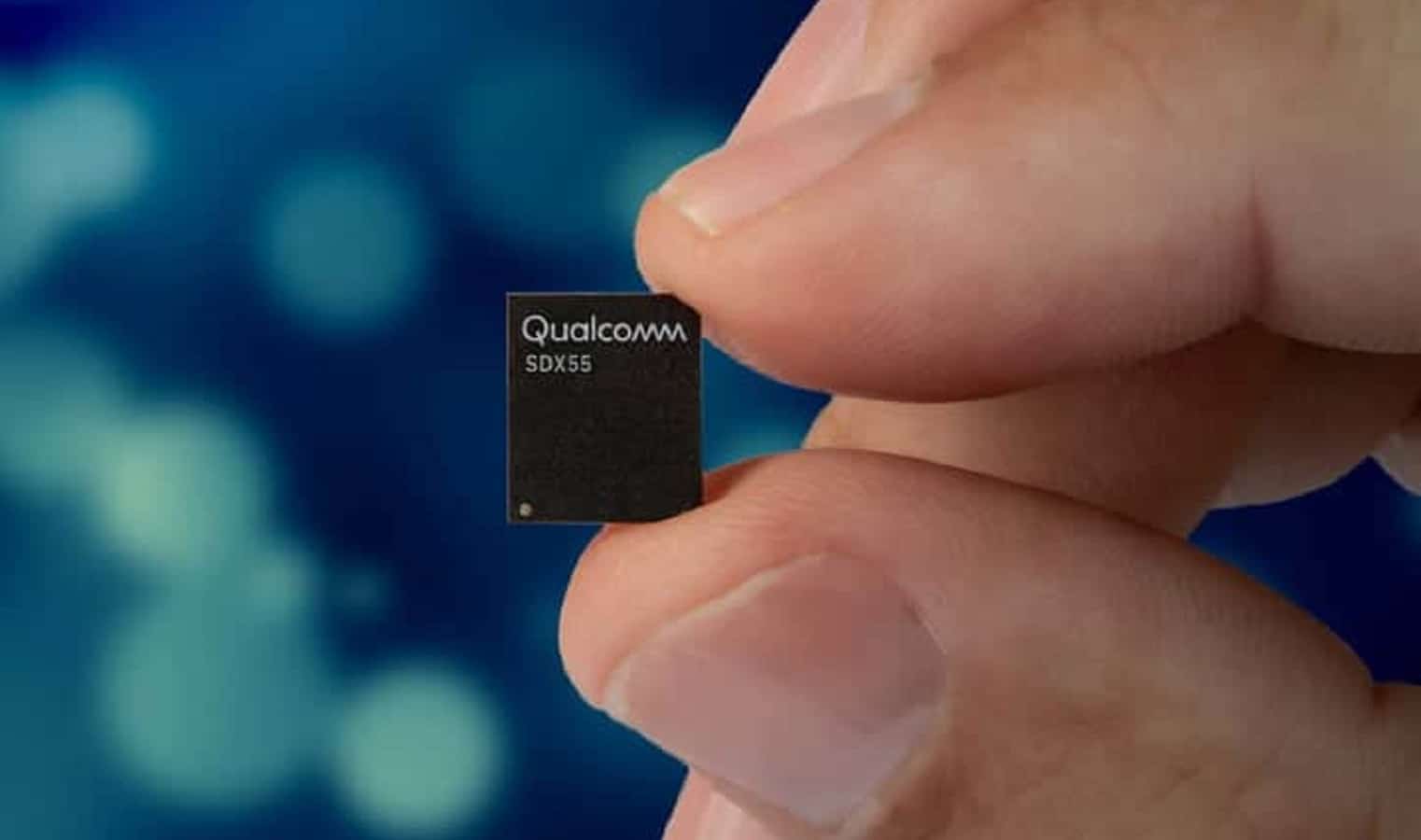Mobile
Qualcomm helps Android phones offer 8 years of software updates
The ultimate decision to provide eight years of updates remains with individual smartphone manufacturers.

Just a heads up, if you buy something through our links, we may get a small share of the sale. It’s one of the ways we keep the lights on here. Click here for more.
In recent years, software support within the Android ecosystem has seen significant improvements, primarily driven by industry leaders Google and Samsung.
Their flagship smartphones now come with a commitment of seven years of updates, ensuring prolonged usability and longevity.
However, Qualcomm is aiming to push software support even further. The company has partnered with Google to offer up to eight years of Android updates and security patches for devices utilizing its latest Snapdragon 8 Elite platform.
This new initiative allows manufacturers using Snapdragon 8 Elite to provide extended software support.
Qualcomm is laying the foundation, making it easier for manufacturers to adopt long-term support without additional complexity or costs.
Your next Qualcomm-powered flagship Android could offer 8 years of OS updates
Qualcomm has confirmed that not only will Snapdragon 8 Elite-based devices be eligible for this extended update period, but certain smartphones featuring its Snapdragon 8 and 7 series chips launching later in the year will also qualify.
However, this new program does not apply to past Snapdragon platforms, nor will it benefit devices that do not launch with Android 15 out of the box.
By limiting eligibility to new devices running Android 15, Qualcomm ensures that only the latest hardware benefits from the extended support cycle.
The ability to extend updates for up to eight years stems from Qualcomm’s deep collaboration with Google.
A crucial component of this initiative is the inclusion of two upgrades to the Android Common Kernel (ACK) on Snapdragon 8 Elite-powered devices, ensuring long-term compatibility without requiring significant modifications from manufacturers.
This approach streamlines the update process, reducing engineering efforts and associated costs for OEMs while maintaining security and performance over an extended period.
Additionally, Qualcomm has designed this initiative to be future-proof, committing to supporting the next five generations of Snapdragon chips under the same framework.
Despite this, the ultimate decision to provide eight years of updates remains with individual smartphone manufacturers.
While Qualcomm is making the process easier and more affordable, it will still depend on whether brands choose to pass these benefits on to their users.
What do you think about this new move from Qualcomm? We want to hear your thoughts in the comments, below, or via our Twitter or Facebook.




























